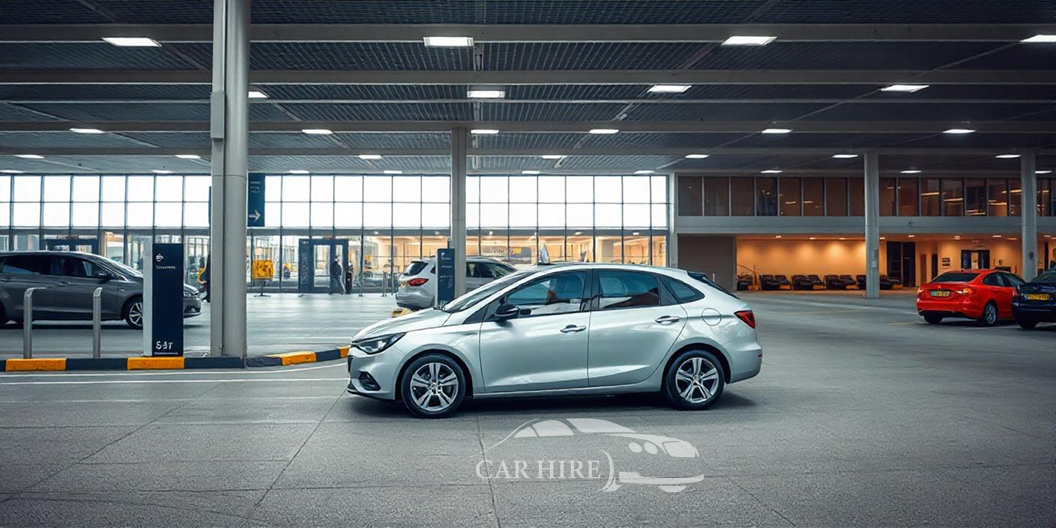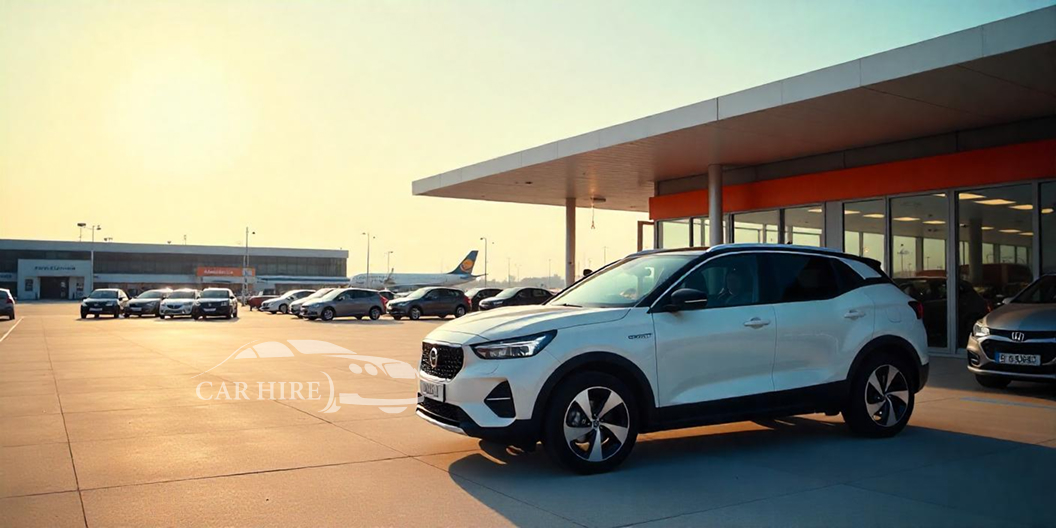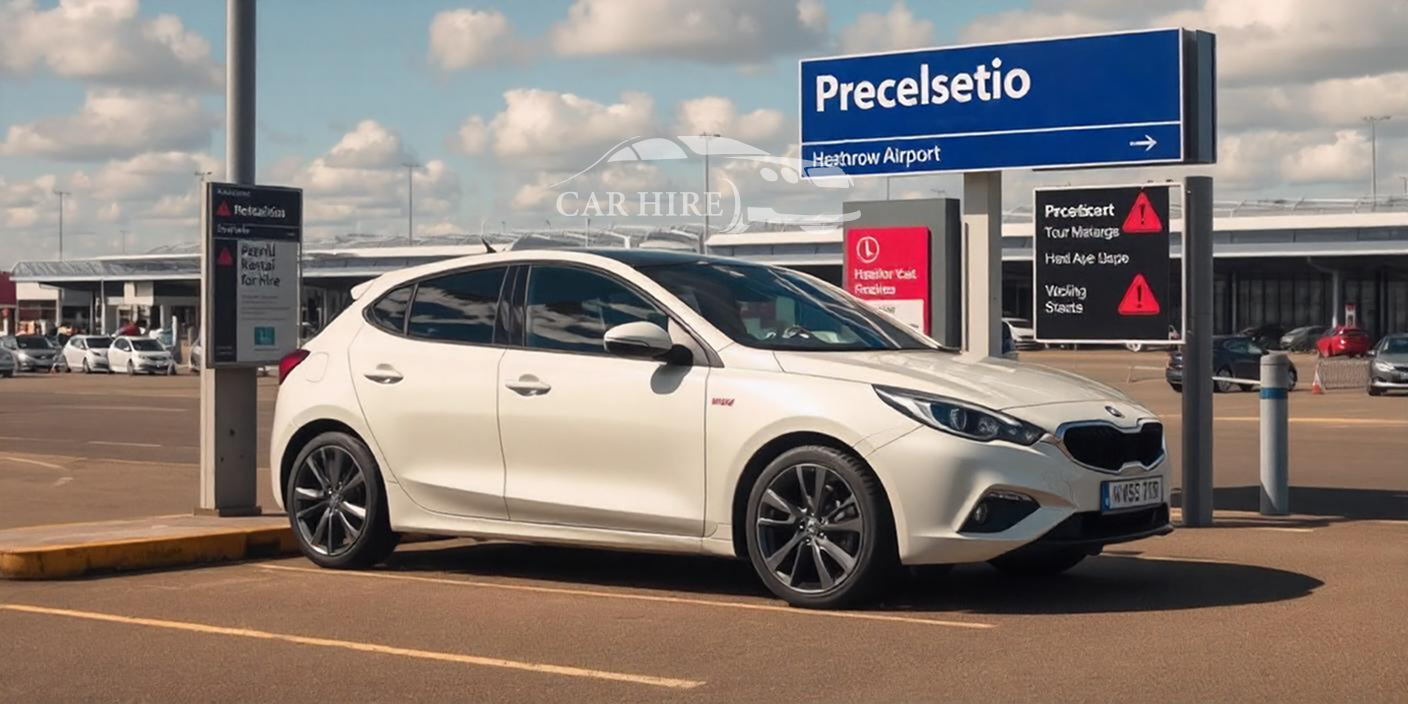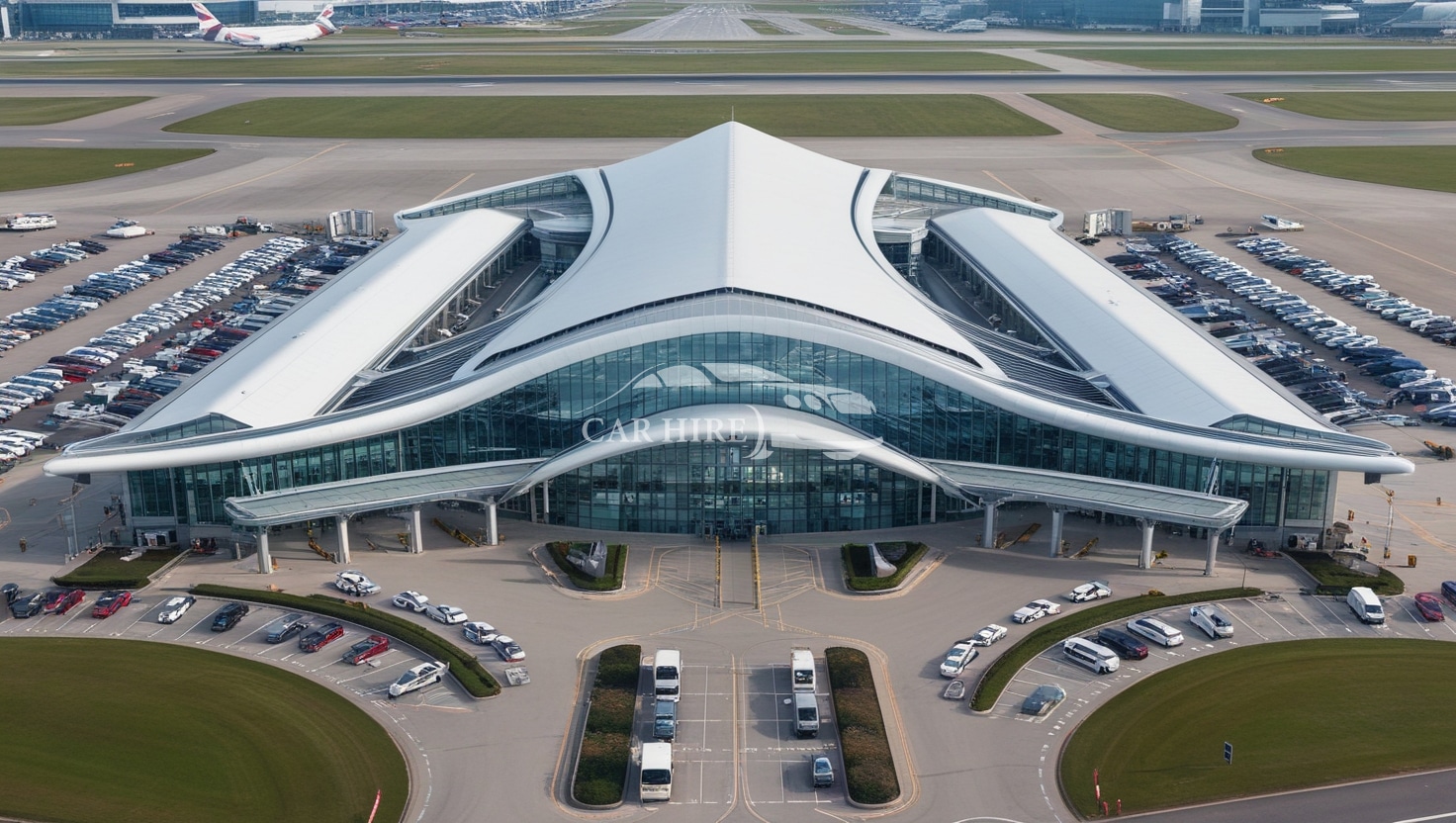In the vast landscape of transportation services, the options available to consumers have expanded beyond traditional taxis and personal vehicles. Private hire services and car rental platforms like Bacarhire have emerged as popular choices, each catering to distinct needs and preferences. In this blog, we will dissect the differences between private hire and Bacarhire, providing insights into their unique characteristics, benefits, and considerations for potential users.
Understanding Private Hire:

Bacarhire refers to a type of transportation service where passengers can hire a vehicle and driver for their exclusive use. Unlike traditional taxis, private hire vehicles must be pre-booked through a licensed private hire operator. These services operate under specific regulations to ensure passenger safety and compliance with local transportation laws.
Distinctive Features of Private Hire Services:
Pre-Booking Requirement: Private hire services mandate that passengers book their rides in advance through a dedicated platform or by contacting a licensed operator. This ensures that the service operates within the framework of established regulations.
Fixed Pricing: Private hire services often provide upfront pricing, allowing passengers to know the cost of their journey before booking. This transparency helps in avoiding surprises and uncertainties regarding fares.
Varied Vehicle Options: Users of private hire services can often choose from a range of vehicle options based on their preferences and needs. This may include standard sedans, luxury cars, or even larger vehicles for group travel.
Bacarhire: A Brief Overview:
Bacarhire, on the other hand, is a car rental platform that offers customers the flexibility to rent vehicles for specific durations. Whether for a short-term trip, a weekend getaway, or a long-term rental, Bacarhire provides a diverse fleet of vehicles that customers can pick up and drop off at designated locations.
Key Characteristics of Bacarhire Services:
Vehicle Rental Duration: Bacarhire allows customers to rent vehicles for flexible durations, ranging from a few hours to several days. This flexibility caters to diverse travel needs, from short business trips to extended vacations.
Self-Drive Option: A distinctive feature of Bacarhire is the option for customers to drive the rental vehicles themselves. This grants users the autonomy to explore at their own pace, following their own schedules and itineraries.
Varied Fleet: Bacarhire offers a diverse fleet of vehicles, including compact cars, SUVs, and even electric vehicles. This variety ensures that customers can choose a vehicle that suits their specific requirements for a given journey.
Cost Considerations:
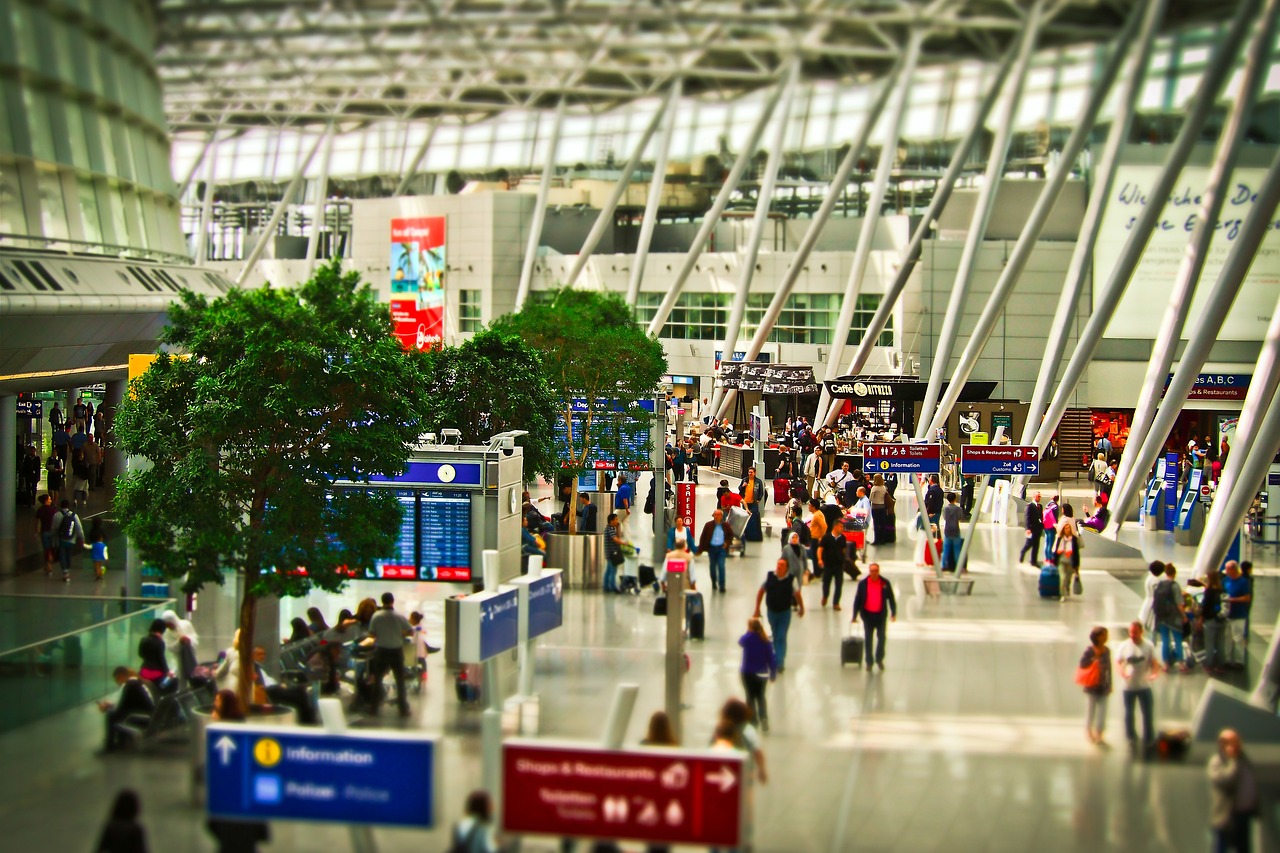
Private Hire: Private car hire services typically charge based on factors such as distance traveled, time taken, and the type of vehicle selected. Pricing can vary between operators and is often influenced by local regulations.
Bacarhire: Car rental costs with Bacarhire are usually determined by the duration of the rental, the type of vehicle chosen, and any additional services or features selected by the customer. This transparent pricing structure allows users to budget more effectively for their transportation needs.
Booking Process:
Private Hire: Private hire services often require users to book through a dedicated app or by contacting a licensed operator in advance. The booking process involves providing details such as the pickup location, destination, and desired time for the journey.
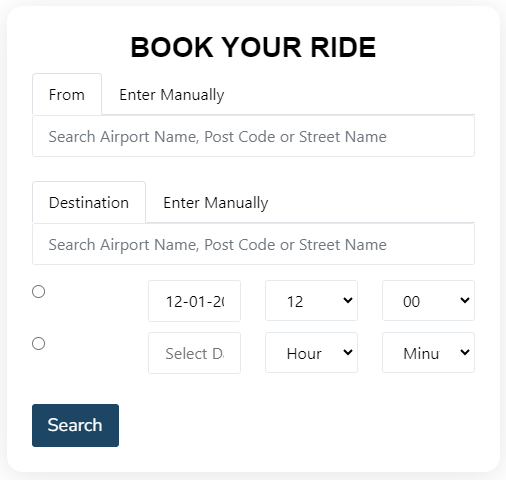
Bacarhire: Booking bacarhire offers a user-friendly online platform where customers can browse available vehicles, choose their desired rental period, and make reservations. Hence the convenience of online booking simplifies the process for those looking to secure a rental vehicle.
Usage Flexibility:
Private Hire: Private hire services are well-suited for specific journeys, particularly when users prefer the convenience of a pre-booked vehicle for events, airport transfers, or other planned occasions.
Bacarhire: Bacarhire’s flexibility shines when users require a vehicle for a longer duration, such as a road trip, family vacation, or a weekend getaway. The ability to pick up and drop off the vehicle at designated locations adds to the convenience.
Consideration for Special Occasions:
Bacarhire: Bacarhire caters to a wide range of occasions, from everyday commuting to special events. Hence the diverse fleet allows users to select a vehicle that aligns with the nature and purpose of their journey.
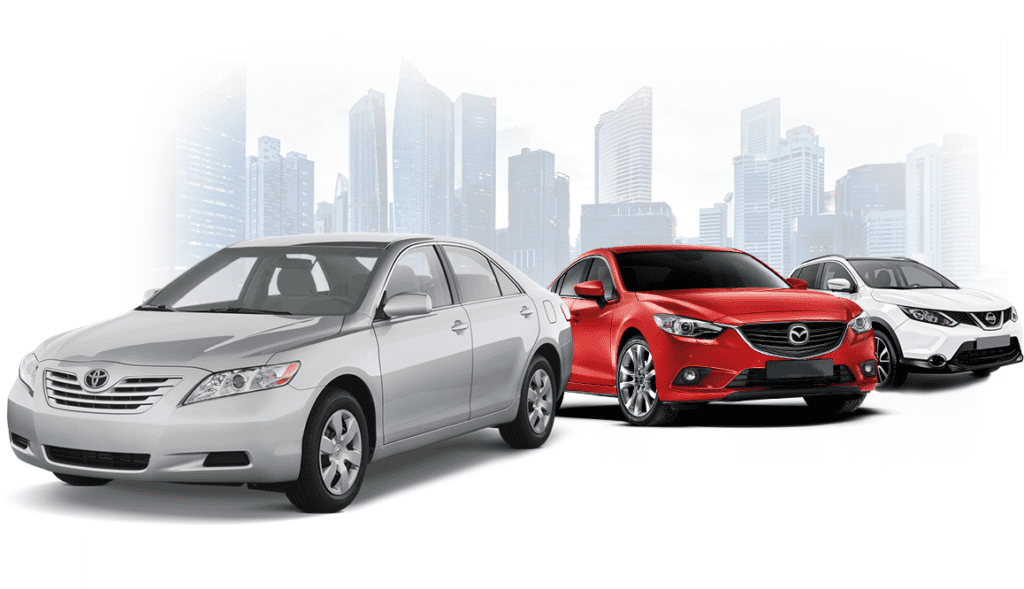
Private Hire: Private hire services are often chosen for special occasions such as weddings and corporate events. Or when a touch of luxury is desired for a specific journey.
As we know consumers navigate their transportation options. Hence they understands the differences between private hire and Bacarhire. They know that it is crucial for making informed decisions based on specific needs and preferences. Private hire services offer the convenience of pre-booked, chauffeur-driven rides for specific occasions. Also Bacarhire provides the flexibility of renting vehicles for varied durations, empowering users to drive themselves. Both between private hire and Bacarhire ultimately hinges on factors such as the nature of the journey. Also desired level of autonomy, and individual preferences. The key is to select the service that aligns seamlessly with the intended travel experience.

